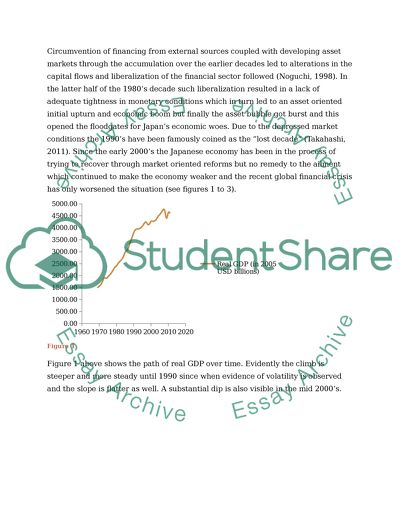Cite this document
(“Investigating Japanese Banking Sector Competition - A panel data Dissertation”, n.d.)
Investigating Japanese Banking Sector Competition - A panel data Dissertation. Retrieved from https://studentshare.org/finance-accounting/1399775-equilibrium-and-competition-in-the-banking-sector
Investigating Japanese Banking Sector Competition - A panel data Dissertation. Retrieved from https://studentshare.org/finance-accounting/1399775-equilibrium-and-competition-in-the-banking-sector
(Investigating Japanese Banking Sector Competition - A Panel Data Dissertation)
Investigating Japanese Banking Sector Competition - A Panel Data Dissertation. https://studentshare.org/finance-accounting/1399775-equilibrium-and-competition-in-the-banking-sector.
Investigating Japanese Banking Sector Competition - A Panel Data Dissertation. https://studentshare.org/finance-accounting/1399775-equilibrium-and-competition-in-the-banking-sector.
“Investigating Japanese Banking Sector Competition - A Panel Data Dissertation”, n.d. https://studentshare.org/finance-accounting/1399775-equilibrium-and-competition-in-the-banking-sector.


